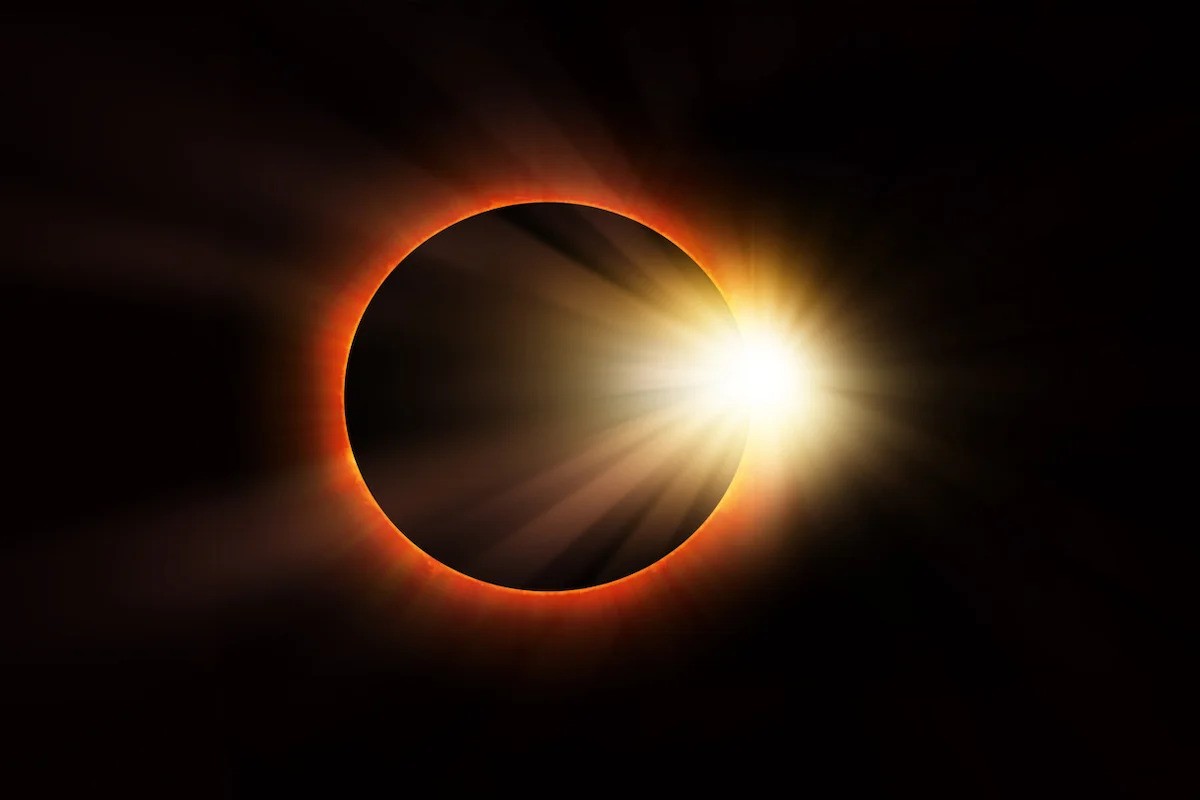Amateur scientists, united in the Ham Radio Science Citizen Investigation organization, plan to take advantage of the solar eclipse on April 8 to conduct their own scientific research. They want to find out how the Earth’s ionosphere changes during this event.

Solar eclipse and radio amateurs
A total solar eclipse will be observed on March 8, 2024. In Ukraine, at this time, the Sun will already hide behind the horizon, but in North America, in particular, and in many US states, it will be visible very well. And a group of amateur scientists known as “Ham” decided to take advantage of this fact.
Ham Radio Science Citizen Investigation (HamSCI) is a group of individuals uniting radio amateurs from many countries who not only contact each other, but also try to conduct scientific research related to the passage of radio waves in the Earth’s atmosphere. Moreover, they try to show the whole world how fascinating this phenomenon is.
Specifically, in the case of a solar eclipse, amateur scientists want to find out how the absence of a photon flux affects the ionosphere of our planet. This is the name of the outermost layer of its atmosphere, in which high-energy particles flying from space are inhibited.
What amateur scientists want to explore
The events planned by HamSCI at the time of the solar eclipse consist of two parts. The first is the Solar Eclipse QSO Party (SEQP). In fact, this is a competition for who will establish more contacts before, during and after the eclipse. This is a competition, but scientists emphasize that the main thing in it is participation, not victory.
All radio amateurs are called upon to join this action. But the second part of the events — the Gladstone Signal Spotting Challenge — is already a purely scientific experiment. HamSCI specialists will use special equipment to determine how the passage of waves in the ionosphere has changed at certain frequencies.
It is believed that the interaction of photons with the ionosphere has a sensitive effect on its parameters and, as a result, on the passage of radio waves in it. There are several physical models of this process. Scientists try to find out which of them is correct.
According to phys.org
Follow us on Twitter to get the most interesting space news in time
https://twitter.com/ust_magazine


